Home>Garden Essentials>How Long After Crabgrass Killer Can I Seed
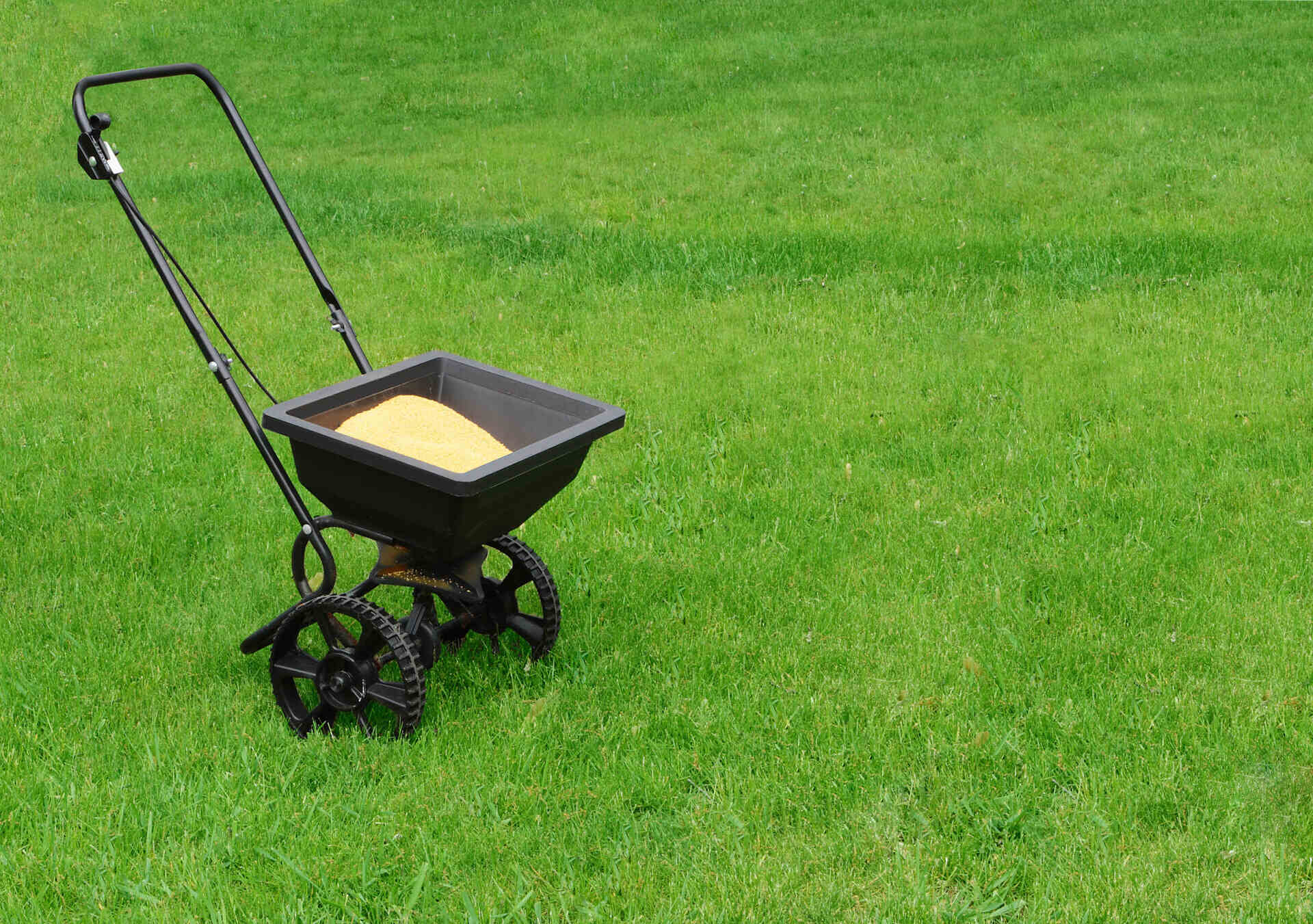

Garden Essentials
How Long After Crabgrass Killer Can I Seed
Modified: August 17, 2024
Find out how long you should wait after applying a crabgrass killer in your garden before seeding new plants for optimal results.
(Many of the links in this article redirect to a specific reviewed product. Your purchase of these products through affiliate links helps to generate commission for Storables.com, at no extra cost. Learn more)
Introduction
Welcome to our comprehensive guide on how long you should wait after applying a crabgrass killer before you can seed your lawn. Dealing with crabgrass can be a frustrating experience for any gardener or homeowner, but it’s important to understand the proper procedures for managing this invasive weed.
Crabgrass is a common weed that can quickly take over your lawn if left unchecked. Its rapid growth and ability to spread its seeds make it a persistent nuisance. Fortunately, there are effective crabgrass killers available on the market that can help you regain control of your lawn.
However, when you use a crabgrass killer, it’s crucial to give it sufficient time to work before introducing new grass seeds. Applying grass seed too soon after using a crabgrass killer can hinder the growth of the new grass and undermine your efforts to establish a healthy lawn.
In this article, we’ll walk you through the waiting periods you should observe after using a crabgrass killer. We’ll also explore the various factors that can influence the ideal waiting time. Additionally, we’ll provide you with essential tips to help you successfully seed your lawn after treating it with a crabgrass killer. So, let’s dive in!
Key Takeaways:
- Wait 1-2 weeks after using post-emergent crabgrass killer, and 4-6 weeks after pre-emergent, before seeding your lawn. Patience ensures effective weed control and healthy new grass growth.
- Consider factors like herbicide type, active ingredients, and environmental conditions when determining the waiting period. Proper timing for seeding after using crabgrass killer is crucial for successful lawn establishment.
Understanding Crabgrass Killer
Before we delve into the waiting periods and procedures for seeding after using a crabgrass killer, let’s take a moment to understand what a crabgrass killer is and how it works.
A crabgrass killer is a herbicide specifically formulated to target and eliminate crabgrass in lawns and gardens. It contains active ingredients that selectively target crabgrass while minimizing damage to desirable grass species. These herbicides come in various forms, including sprays, granules, and pre-emergent treatments.
Crabgrass killers work by disrupting the growth and development of crabgrass plants. They can either be post-emergent, designed to kill existing crabgrass plants, or pre-emergent, intended to prevent germination of crabgrass seeds. It’s important to choose the right type of crabgrass killer based on your specific needs and the stage of crabgrass growth.
Post-emergent crabgrass killers are typically applied directly to the leaves of the crabgrass plants. They are absorbed by the leaves and then translocated throughout the plant, eventually reaching the root system and effectively killing the plant. Pre-emergent crabgrass killers, on the other hand, create a barrier in the soil that inhibits the germination of crabgrass seeds.
When applied correctly and in the appropriate conditions, crabgrass killers can be highly effective in controlling and eradicating crabgrass from your lawn. However, it’s crucial to follow the instructions provided by the manufacturer and observe the recommended waiting periods before proceeding with any additional lawn care activities, such as seeding.
Now that we have a basic understanding of crabgrass killers, let’s explore the waiting periods you should allow after applying them to your lawn.
Waiting Periods After Using Crabgrass Killer
After applying a crabgrass killer to your lawn, it’s important to allow a certain waiting period before you seed your lawn. This waiting period is necessary to ensure that the crabgrass killer has had enough time to take effect and that it won’t interfere with the germination and growth of your new grass seeds.
The specific waiting periods can vary depending on the type of crabgrass killer you used, as well as the brand and formulation. It’s essential to carefully read the instructions provided by the manufacturer, as they will usually indicate the recommended waiting period. However, as a general guideline, post-emergent crabgrass killers typically require a waiting period of around 1 to 2 weeks before you can seed your lawn. Pre-emergent crabgrass killers may require a longer waiting period, usually ranging from 4 to 6 weeks.
These waiting periods give the crabgrass killer enough time to be absorbed by the crabgrass plants or to create a protective barrier in the soil. During this time, the herbicide will work to eliminate existing crabgrass or prevent new seeds from germinating. Waiting for the appropriate duration also ensures that any residual effects of the herbicide have dissipated, reducing the risk of damage to your new grass seeds.
It’s important to note that waiting periods may differ based on environmental factors such as temperature, soil conditions, and rainfall. Warmer temperatures and favorable growing conditions can expedite the breakdown of the herbicide, potentially reducing the waiting period. On the other hand, adverse weather conditions may result in a longer waiting time.
If you’re uncertain about the waiting period for a specific crabgrass killer, it’s best to consult the product label, contact the manufacturer, or seek advice from a professional landscaper or garden center staff. They can provide you with accurate and up-to-date information based on your specific circumstances.
Now that we understand the waiting periods, let’s explore the factors that can influence the ideal waiting time after using a crabgrass killer.
Factors That Affect the Waiting Period
While there are general guidelines for the waiting period after using a crabgrass killer, it’s important to consider a few specific factors that can influence the ideal waiting time. These factors can vary depending on the type of herbicide, environmental conditions, and the specific needs of your lawn. By taking these factors into account, you can ensure the best results when it comes to seeding after using a crabgrass killer.
1. Type of Crabgrass Killer: The type of crabgrass killer you used can significantly impact the waiting period. Post-emergent herbicides generally have a shorter waiting period compared to pre-emergent herbicides. This is because post-emergent herbicides target existing crabgrass plants, while pre-emergent herbicides create a barrier in the soil to prevent seed germination. It’s important to follow the instructions provided by the manufacturer for the specific product you used.
2. Active Ingredients: Different crabgrass killers contain various active ingredients that have different degradation rates and residual effects. Some herbicides break down more quickly in the soil, reducing the waiting period, while others persist for a longer time. Understanding the specific characteristics of the active ingredients in the herbicide you used can help you determine the appropriate waiting time.
3. Environmental Conditions: Environmental factors such as temperature, rainfall, and soil moisture can impact the breakdown and effectiveness of the herbicide. Warmer temperatures and adequate moisture can accelerate the degradation of the herbicide, potentially shortening the waiting period. Conversely, cooler temperatures or dry conditions may slow down the breakdown process, requiring a longer waiting period.
4. Lawn Health: The overall health and condition of your lawn can influence how long you should wait before seeding. If your lawn is already stressed or in poor condition, it may need additional time to recover before introducing new seeds. It’s important to assess the health of your lawn and ensure it is in optimal condition before seeding after using a crabgrass killer.
5. Manufacturer’s Recommendations: The manufacturer of the crabgrass killer will usually provide specific instructions and waiting periods on the product label. It’s essential to follow these recommendations to ensure the best results. The manufacturer’s guidance is based on extensive research and testing to maximize the effectiveness of their product.
By considering these factors and following the recommended waiting periods, you can ensure that your lawn is ready for seeding after using a crabgrass killer. Now, let’s explore the importance of proper timing for seeding in relation to crabgrass control.
Wait at least 4 weeks after applying crabgrass killer before seeding. This allows the herbicide to break down and won’t hinder new seed growth.
Importance of Proper Timing for Seeding
Timing is crucial when it comes to seeding your lawn after using a crabgrass killer. Proper timing ensures that your new grass seeds have the best chance of germinating and establishing a healthy lawn, while also minimizing any potential interference from the herbicide residue.
Here are a few key reasons why proper timing for seeding is essential:
1. Weed Control: Seeding at the right time helps to enhance weed control. By allowing the crabgrass killer sufficient time to work before seeding, you give it the opportunity to eliminate existing crabgrass or prevent new seeds from germinating. This reduces competition for nutrients, water, and sunlight, allowing your new grass seeds to flourish without being overtaken by unwanted weeds.
2. Optimal Soil Conditions: Timing your seeding properly ensures that you take advantage of the most favorable soil conditions for seed germination and establishment. Different grass species have specific soil temperature and moisture requirements for optimal growth. By waiting for the appropriate time after using a crabgrass killer, you can align the seeding process with the ideal soil conditions for your chosen grass variety.
3. Recovery Period: Applying a crabgrass killer can have some temporary effects on the overall health of your lawn. The waiting period after using the herbicide allows your lawn to recover and regain its vigor before introducing new grass seeds. This ensures that the seeds have a healthier and more robust environment to grow in, leading to better germination rates and overall lawn establishment.
4. Enhanced Results: Seeding at the right time increases the chances of successful establishment and long-term growth of your lawn. Planting grass seeds into treated soil too soon can result in poor seedling growth or even failure. By adhering to the recommended waiting period, you set your lawn up for success, ensuring that your efforts and investment in seeding will yield the desired results.
Proper timing for seeding after using a crabgrass killer is crucial for a healthy and thriving lawn. It contributes to weed control, optimizes soil conditions, allows for lawn recovery, and enhances overall results. Now that we understand the importance of timing, let’s explore how long you should wait after applying a crabgrass killer before you can safely seed your lawn.
How Long to Wait After Applying Crabgrass Killer
The waiting period after applying a crabgrass killer before you can seed your lawn can vary depending on various factors, including the type of herbicide used and the specific brand and formulation. However, as a general guideline, post-emergent crabgrass killers typically require a waiting period of about 1 to 2 weeks, while pre-emergent herbicides may require a longer waiting period of 4 to 6 weeks.
Post-emergent crabgrass killers work by targeting existing crabgrass plants, reducing their growth and eventually causing their demise. These herbicides are applied directly to the crabgrass foliage and are absorbed by the plant, translocating throughout its system. It typically takes around 1 to 2 weeks for the herbicide to work its way down to the roots and effectively eliminate the crabgrass plants.
Pre-emergent crabgrass killers, on the other hand, form a protective barrier in the soil that prevents crabgrass seed germination. This barrier needs time to establish and ensure that any dormant crabgrass seeds are inhibited from sprouting. The waiting period for pre-emergent herbicides is generally longer, ranging from 4 to 6 weeks.
It’s important to note that these waiting periods may be influenced by environmental factors, such as temperature and moisture levels. Warmer temperatures and adequate moisture can accelerate the breakdown of the herbicide, potentially shortening the waiting period. Conversely, cooler temperatures or dry conditions may slow down the breakdown process, requiring a longer wait before seeding.
It’s vital to consult the product label and follow the specific instructions provided by the manufacturer of the crabgrass killer you used. These instructions will outline the recommended waiting period, taking into account the specific formulation and active ingredients. Following the manufacturer’s guidelines ensures optimal results and minimizes any risk of damage to your new grass seeds.
Remember, patience is key when it comes to applying a crabgrass killer and seeding your lawn. Rushing the process can compromise the effectiveness of the herbicide or hinder the germination and growth of your new grass seeds. By waiting for the appropriate duration and following the recommended guidelines, you can ensure the best possible outcome for your lawn.
After the waiting period has passed, you can proceed with seeding your lawn and taking the necessary steps to establish a lush and healthy turf. In the following section, we’ll provide you with some essential tips to help you successfully seed your lawn after using a crabgrass killer.
Tips for Seeding After Using Crabgrass Killer
Seeding your lawn after using a crabgrass killer requires proper planning and technique to ensure successful growth and establishment of your new grass seeds. Here are some valuable tips to consider when seeding after applying a crabgrass killer:
1. Choose the Right Grass Seed: Select the appropriate grass seed for your specific lawn conditions, such as sun exposure, soil type, and climate. Consider factors like drought tolerance, disease resistance, and traffic tolerance to ensure the best long-term results.
2. Prepare the Soil: Before seeding, prepare the soil by removing any debris, rocks, or weeds. Loosen the top layer of soil using a rake or tiller to improve seed-to-soil contact and promote better germination.
3. Follow Seeding Instructions: Read and follow the seeding instructions provided by the grass seed manufacturer. Proper seeding rates, depth, and spacing are essential for optimal growth. Avoid overseeding, as it can lead to competition for resources and hinder germination.
4. Fertilize Appropriately: Applying a starter fertilizer specifically formulated for new grass seed can provide essential nutrients to support healthy growth. Follow the recommended application rates and timing provided by the fertilizer manufacturer.
5. Water Adequately: Water is vital for seed germination and establishment. Keep the seeded area consistently moist by watering lightly several times a day until the new grass reaches a height of about 2 inches. Gradually reduce watering frequency but increase the amount of water applied to encourage deep root growth.
6. Avoid Using Herbicides: After seeding, refrain from using any herbicides until the new grass is well-established. Herbicides can hinder the growth and development of young seedlings, which can undermine your seeding efforts.
7. Monitor and Weed Regularly: Keep an eye out for any weeds that may emerge alongside your newly seeded grass. Hand-pull or spot-treat any weeds, making sure to follow the recommended waiting period after applying herbicides.
8. Practice Patience: Growing a lush and healthy lawn takes time. Be patient and give your new grass seeds ample opportunity to establish and grow. It may take several weeks or even months before you see the full results of your seeding efforts.
By following these tips, you can ensure the best possible outcome for your lawn after using a crabgrass killer. Now that you have a better understanding of how to seed your lawn, let’s summarize the key points we’ve covered.
Conclusion
Dealing with crabgrass in your lawn can be a daunting task, but with the proper knowledge and techniques, you can effectively control and eliminate this invasive weed. Applying a crabgrass killer is an important step in this process, but it’s equally crucial to understand the waiting periods and procedures for seeding after using the herbicide.
By allowing an appropriate waiting period after applying a crabgrass killer, you ensure that the herbicide has taken effect and won’t interfere with the germination and growth of your new grass seeds. Post-emergent crabgrass killers typically require a waiting period of 1 to 2 weeks, while pre-emergent herbicides may necessitate a longer waiting period of 4 to 6 weeks.
Factors like the type of crabgrass killer, active ingredients, environmental conditions, and the health of your lawn can influence the ideal waiting time. It’s important to follow the instructions provided by the manufacturer and consider these factors to ensure the best results.
Proper timing for seeding after using a crabgrass killer is essential for weed control, optimal soil conditions, lawn recovery, and enhanced results. Taking the time to seed your lawn at the right moment increases the chances of successful establishment and long-term growth of your new grass seeds.
When seeding after using a crabgrass killer, it’s important to choose the right grass seed, prepare the soil properly, follow seeding instructions, fertilize appropriately, water adequately, avoid herbicides, monitor and weed regularly, and practice patience.
Remember that growing a healthy and thriving lawn takes time and effort. By following these guidelines and tips, you can successfully seed your lawn after using a crabgrass killer and achieve the lush and beautiful lawn you desire.
We hope this comprehensive guide has provided you with valuable insights and information to assist you in effectively managing and seeding your lawn after applying a crabgrass killer. Here’s to a weed-free and vibrant lawn!
Frequently Asked Questions about How Long After Crabgrass Killer Can I Seed
Was this page helpful?
At Storables.com, we guarantee accurate and reliable information. Our content, validated by Expert Board Contributors, is crafted following stringent Editorial Policies. We're committed to providing you with well-researched, expert-backed insights for all your informational needs.
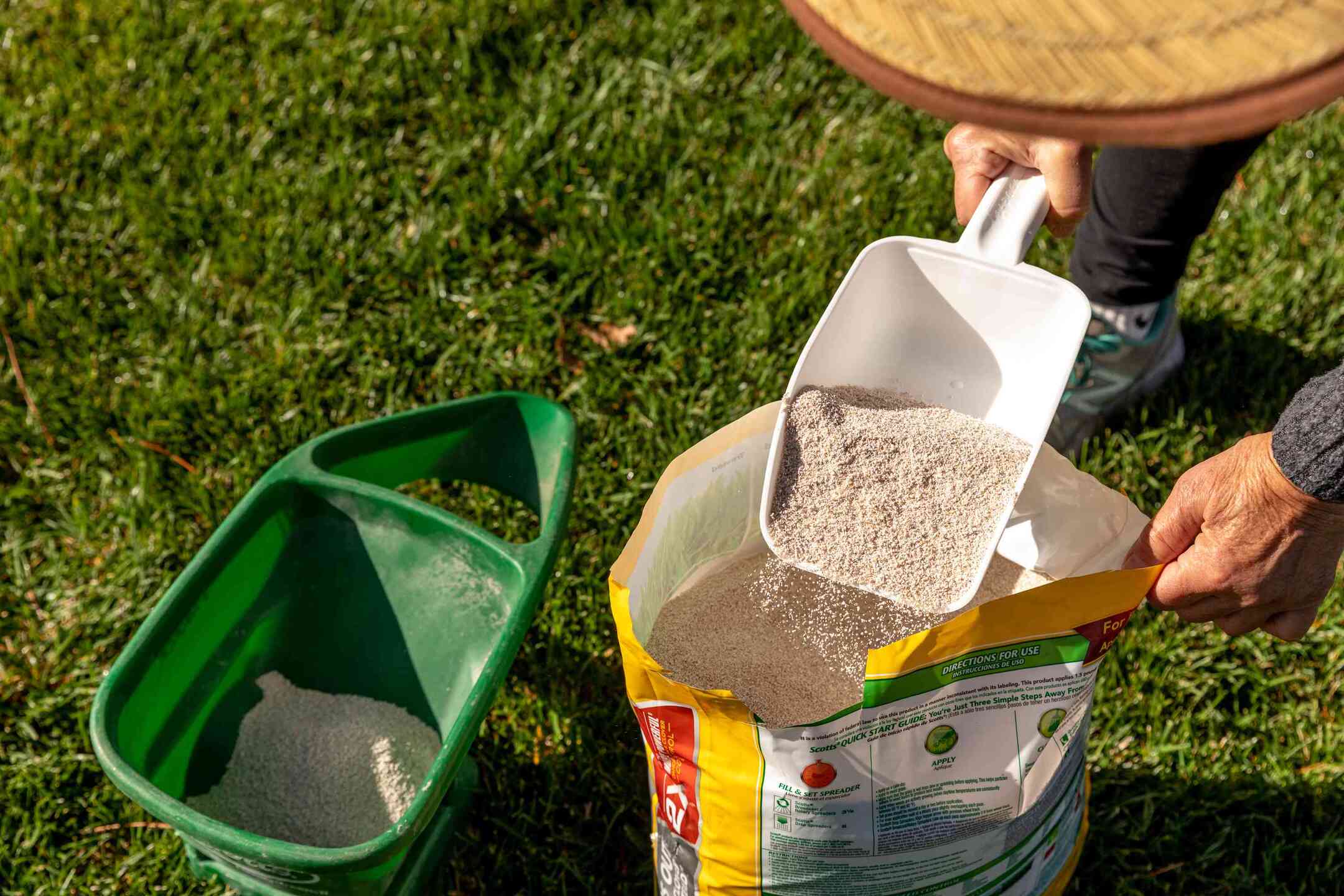
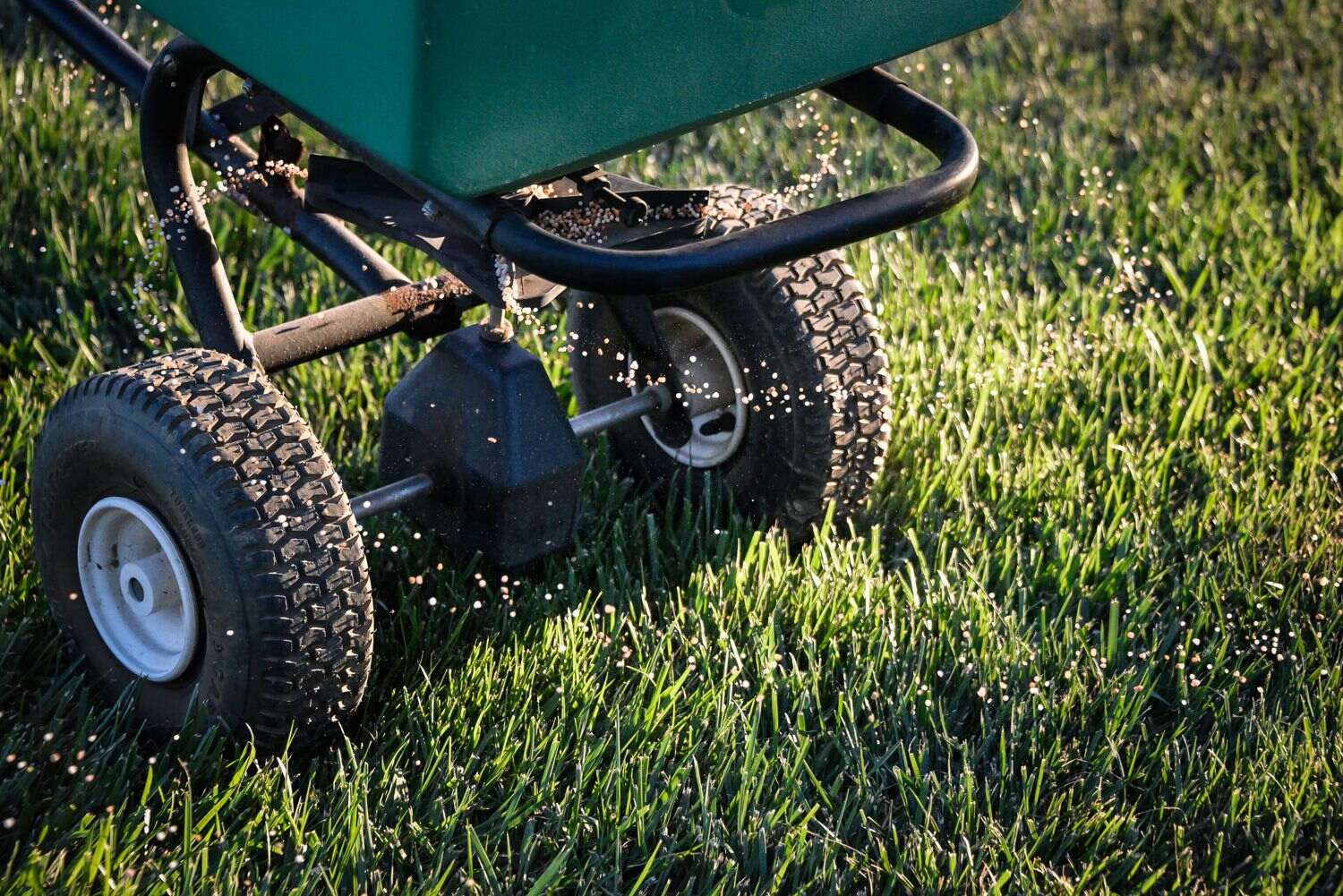
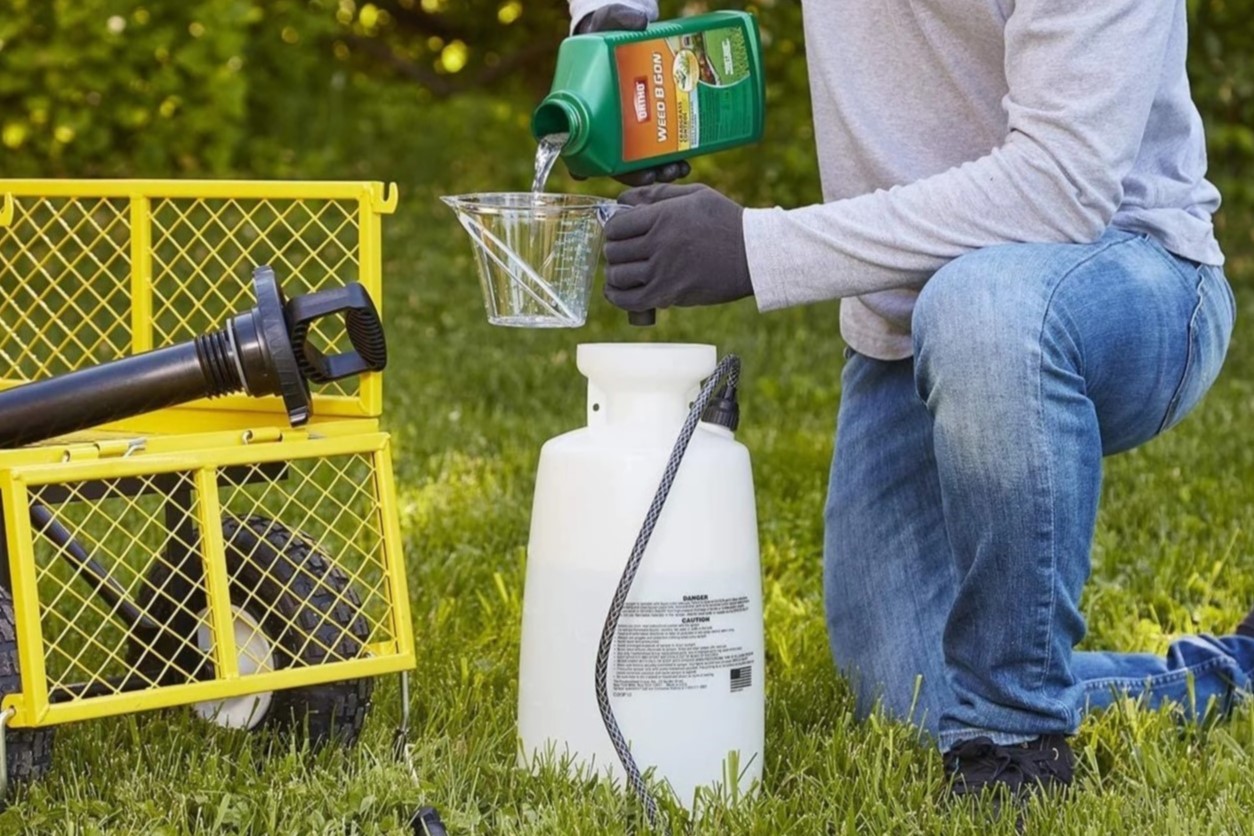

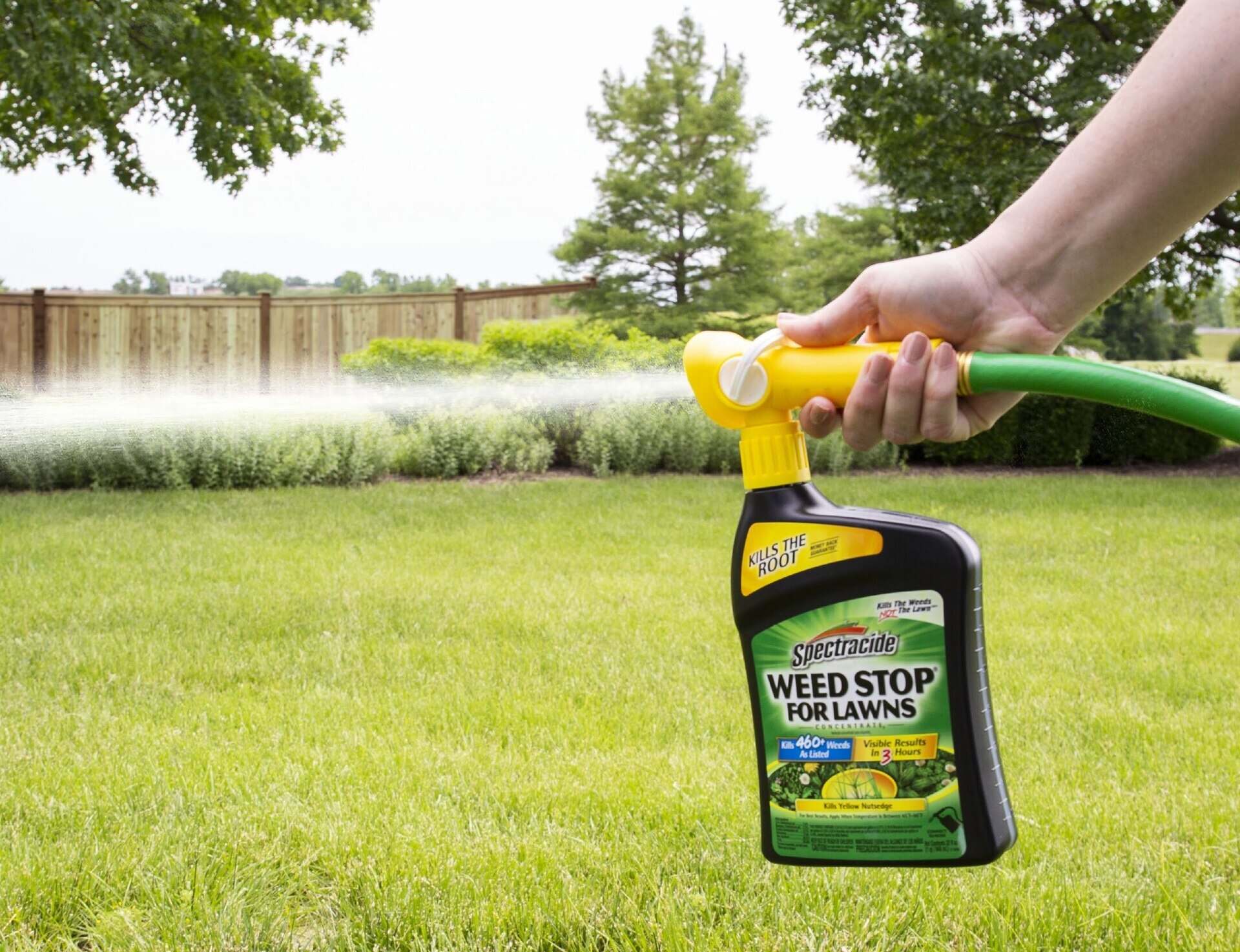



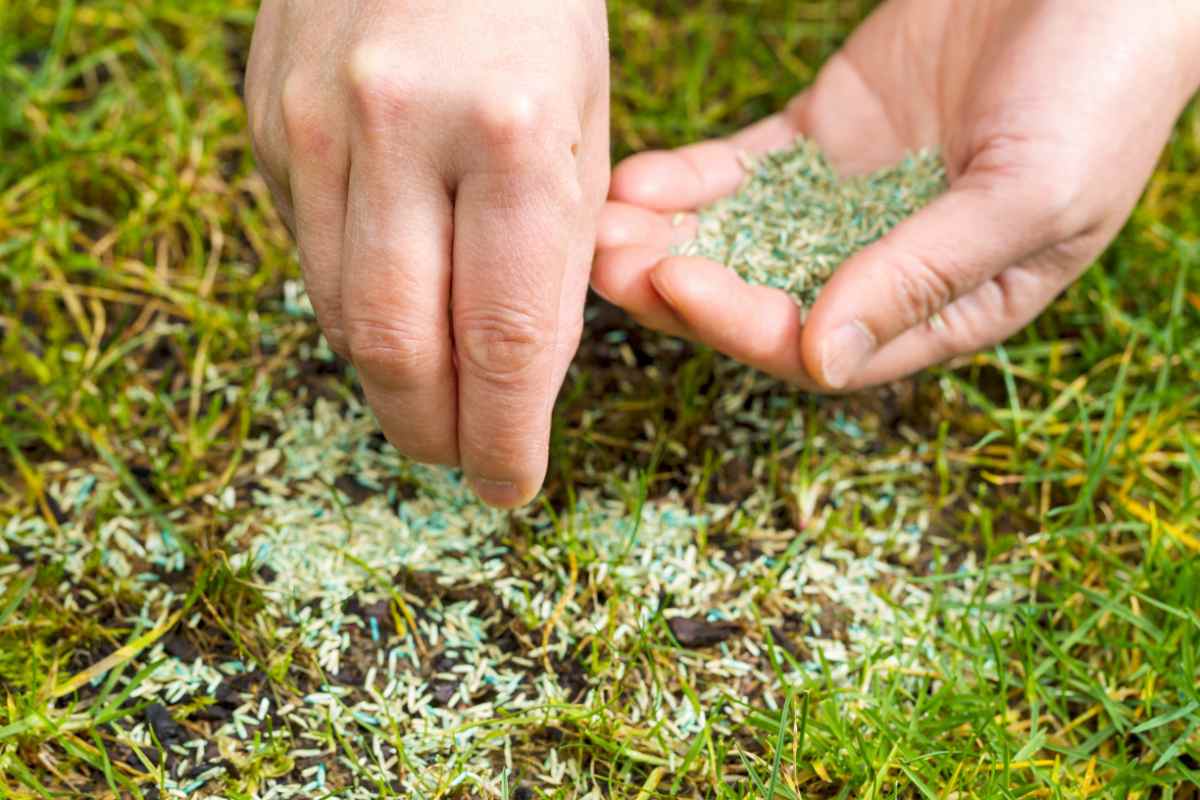
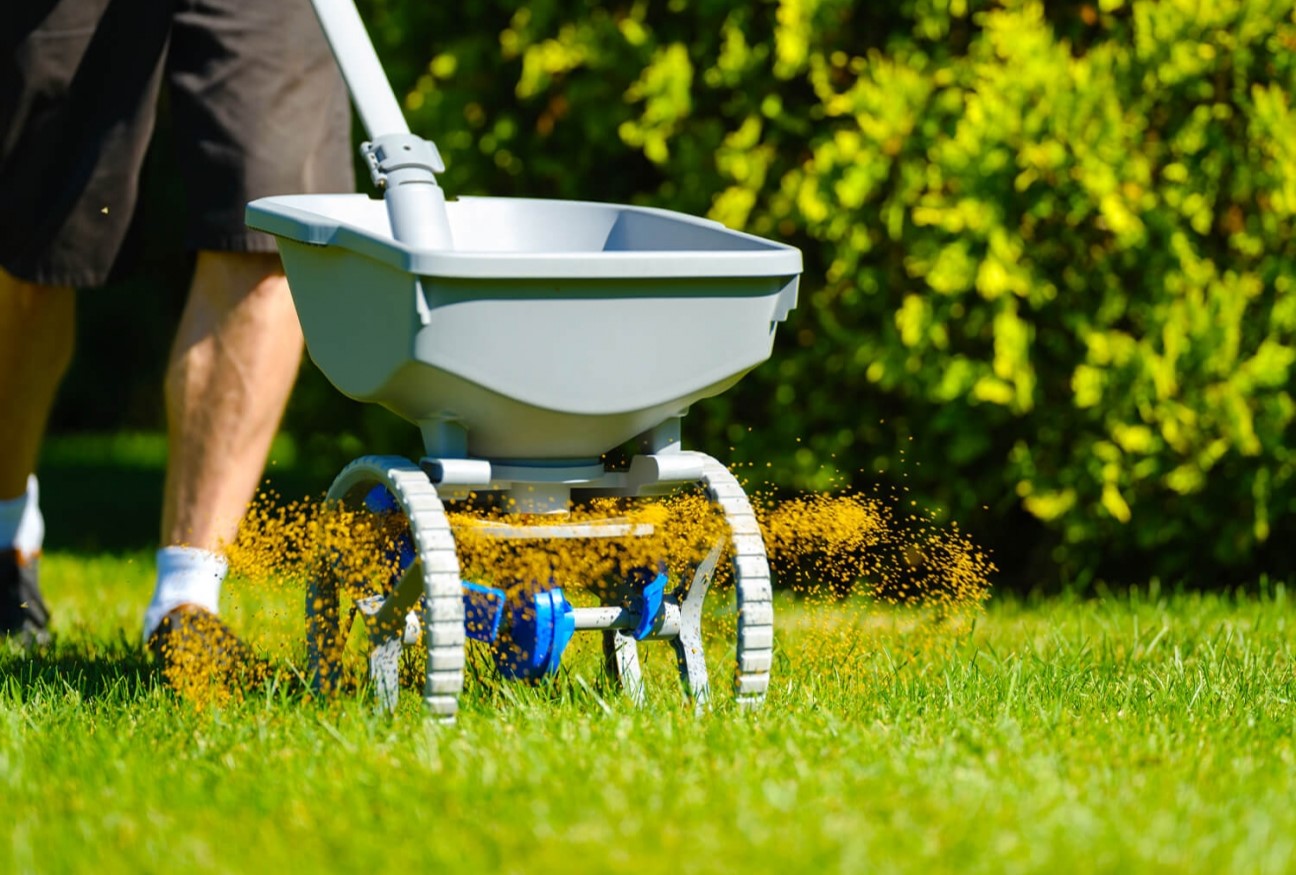
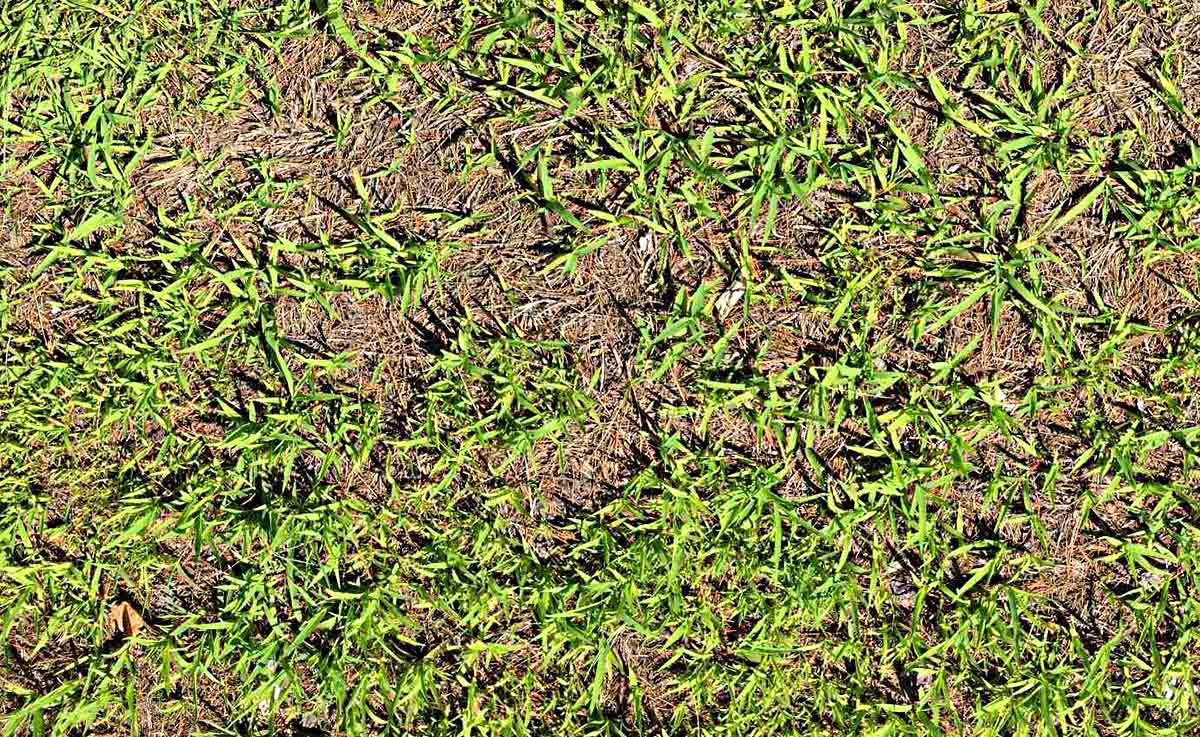

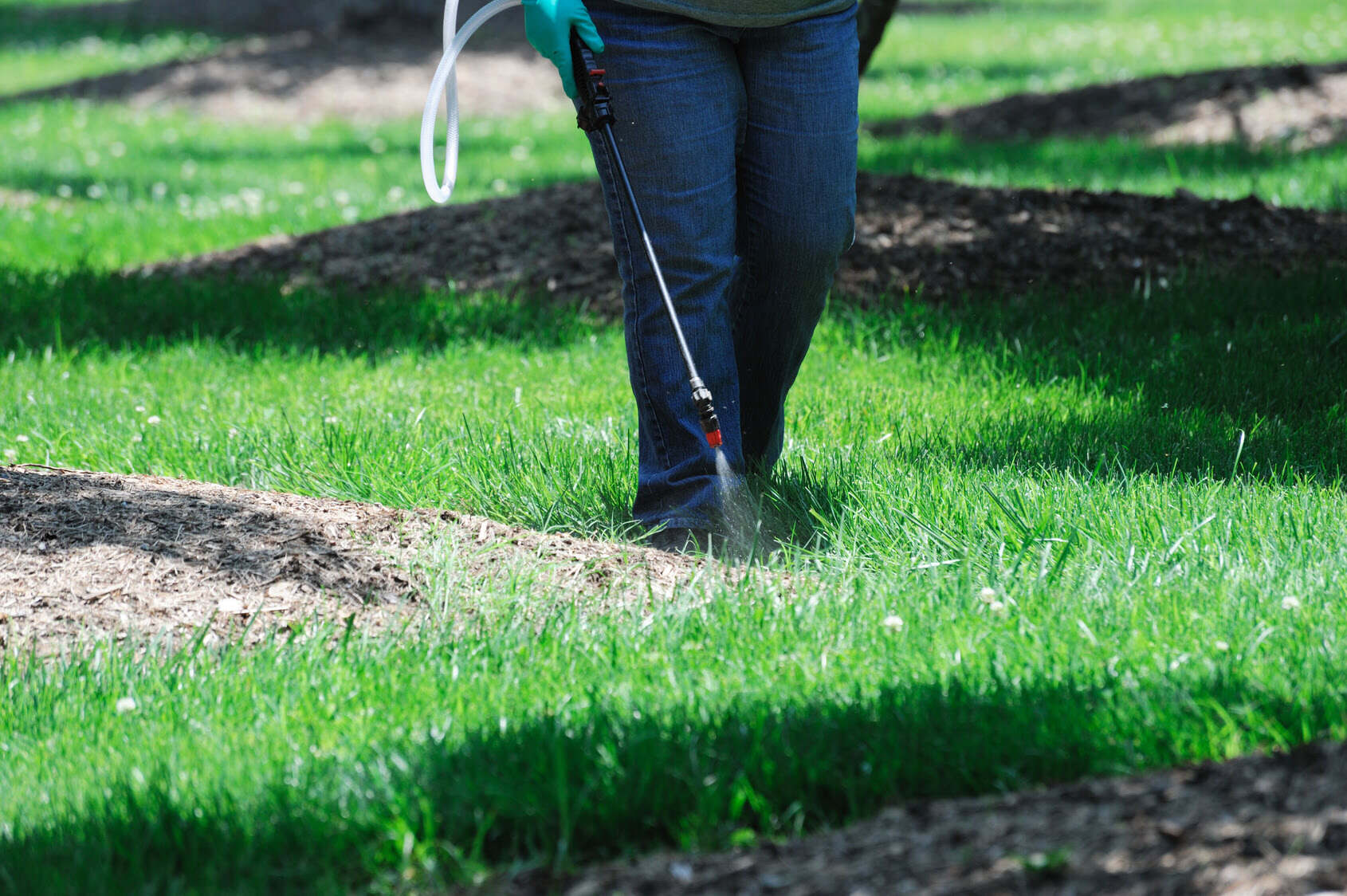
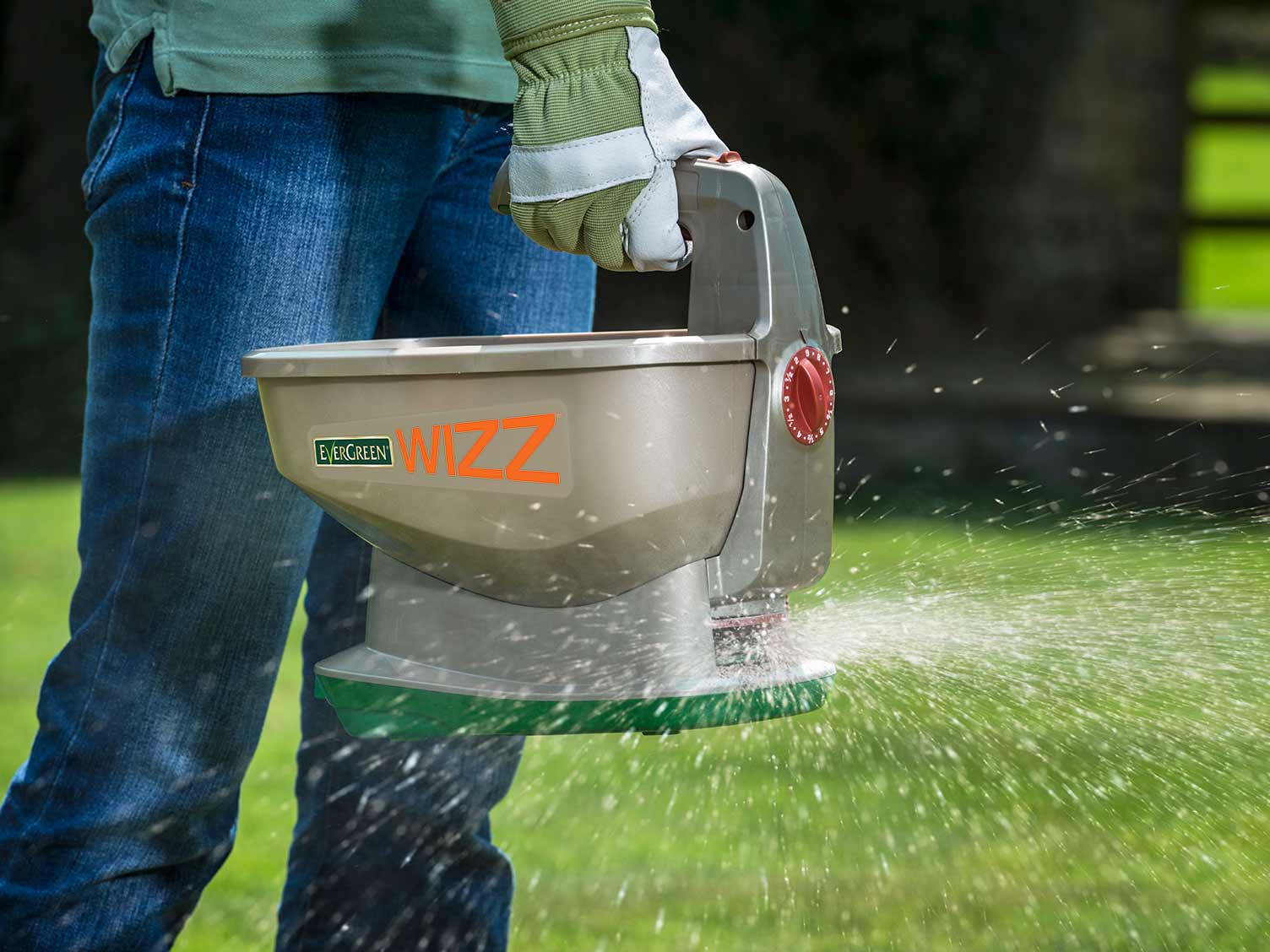

0 thoughts on “How Long After Crabgrass Killer Can I Seed”